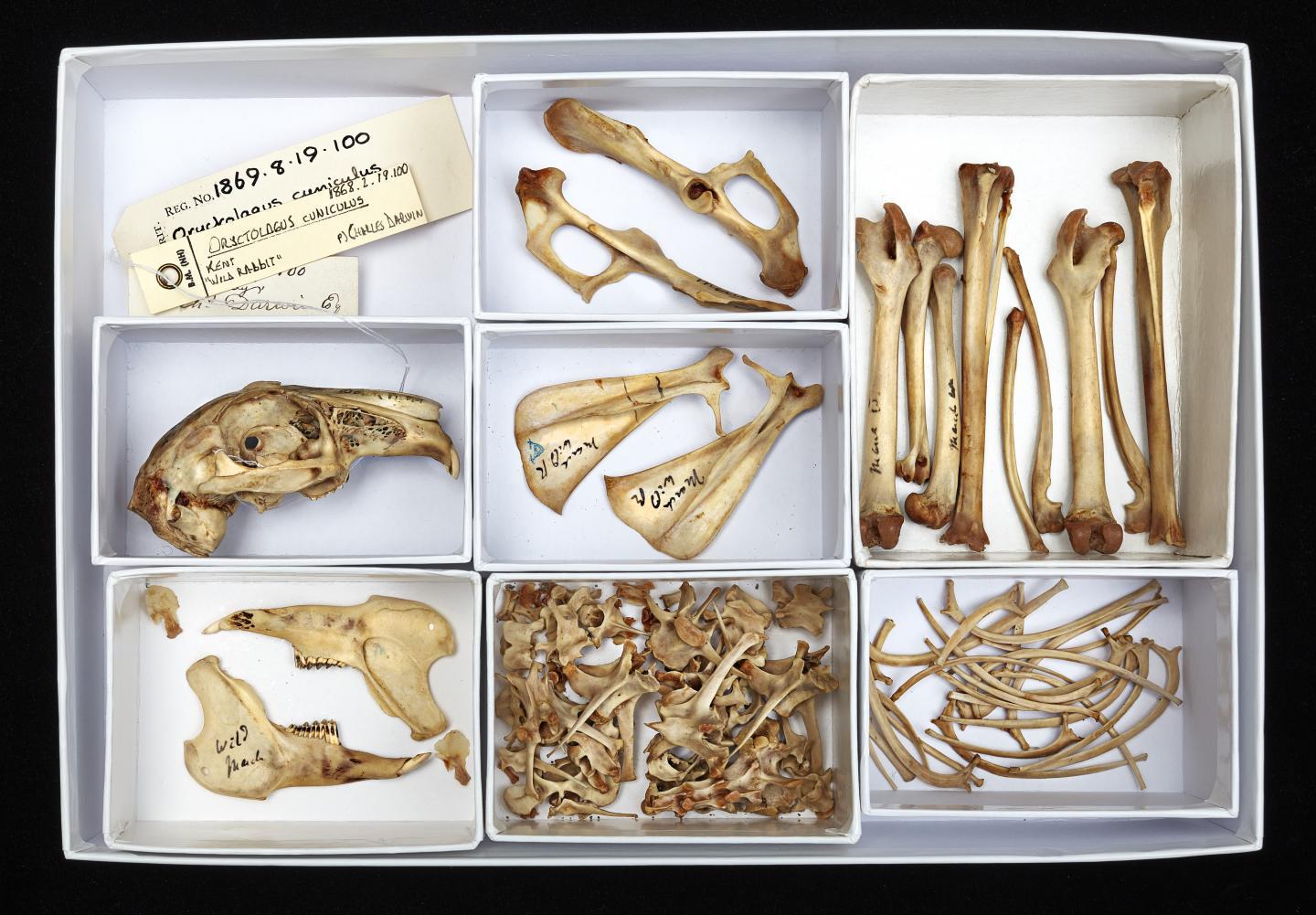
Submitted by Michela Leonardi on Fri, 15/02/2019 - 08:57
Andrea, Anders and Liisa’s paper is now out in Science, analysing ancient DNA from rabbits to better understand how different populations worldwide developed resistance to the myxoma virus.
Joel M Alves, Miguel Carneiro, Jade Y Cheng, Ana Lemos de Matos, Masmudur M Rahman, Liisa Loog, Paula F Campos, Nathan Wales, Anders Eriksson, Andrea Manica, Tanja Strive, Stephen C Graham, Sandra Afonso, Diana J Bell, Laura Belmont, Jonathan P Day, Susan J Fuller, Stéphane Marchandeau, William J Palmer, Guillaume Queney, Alison K Surridge, Filipe G Vieira, Grant McFadden, Rasmus Nielsen, M Thomas P Gilbert, Pedro J Esteves, Nuno Ferrand, Francis M Jiggins Parallel adaptation of rabbit populations to myxoma virus Science 63(6433): 1319-1326
Locating myxomatosis resistance
Myxomatosis is a viral infection that was deliberately introduced from American cottontail rabbits into European rabbit populations to control their population. Over the past 60 years or so, similar resistance variants have emerged in parallel in the United Kingdom, France, and Australia. Alves et al. discovered that the basis for this resistance is polygenic, with selection converging on several host immunity and proviral alleles (see the Perspective by Miller and Metcalf). Interestingly, it now seems that the virus is counterevolving immune suppressive traits.
Read the commentary in Science
Abstract
In the 1950s the myxoma virus was released into European rabbit populations in Australia and Europe, decimating populations and resulting in the rapid evolution of resistance. We investigated the genetic basis of resistance by comparing the exomes of rabbits collected before and after the pandemic. We found a strong pattern of parallel evolution, with selection on standing genetic variation favoring the same alleles in Australia, France, and the United Kingdom. Many of these changes occurred in immunity-related genes, supporting a polygenic basis of resistance. We experimentally validated the role of several genes in viral replication and showed that selection acting on an interferon protein has increased the protein’s antiviral effect.
